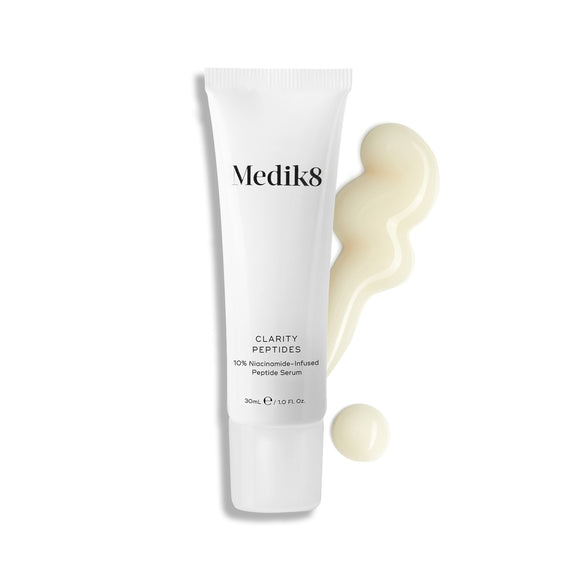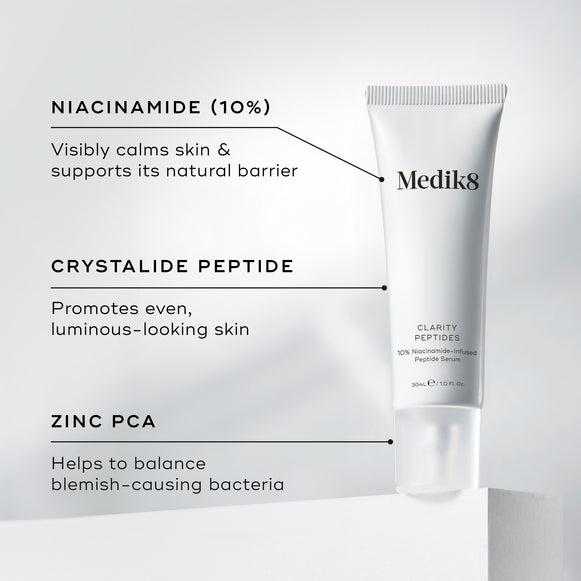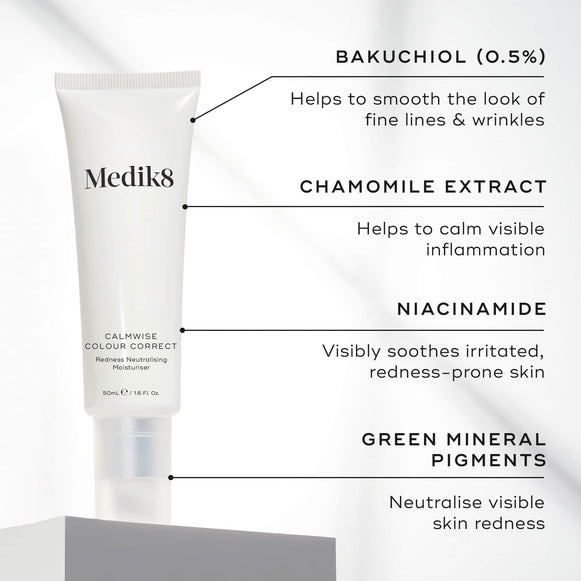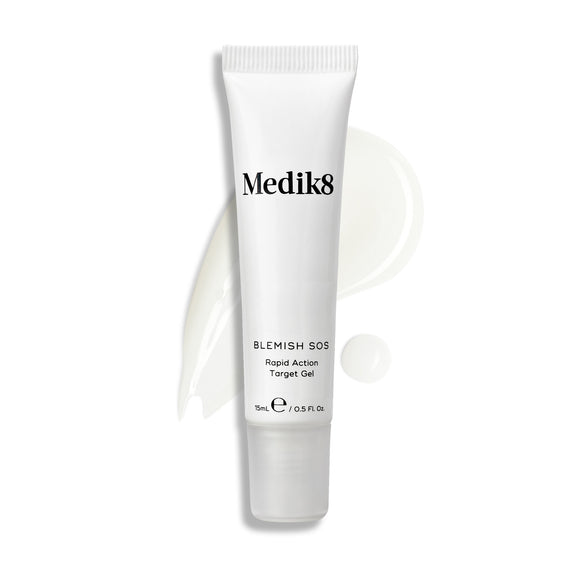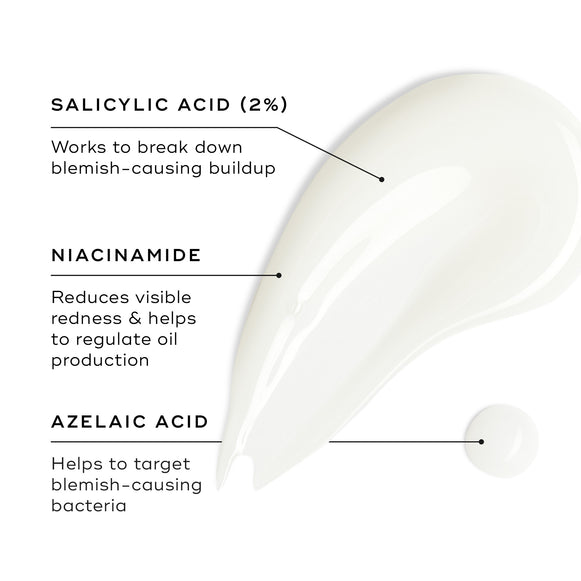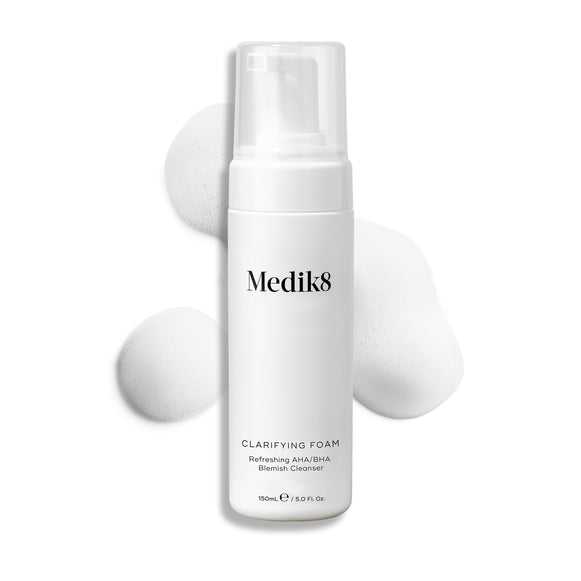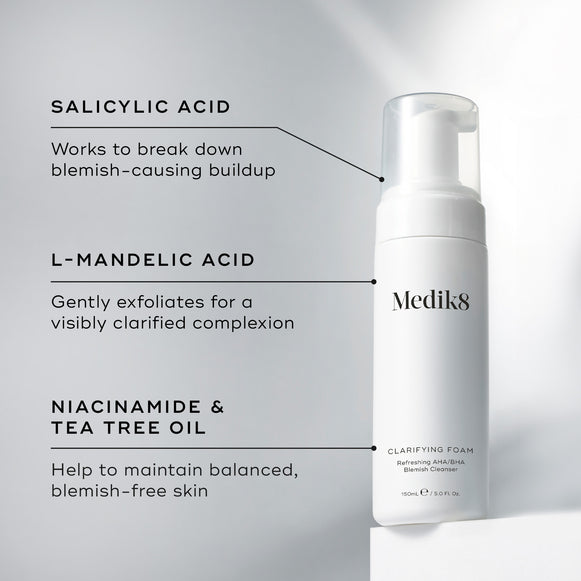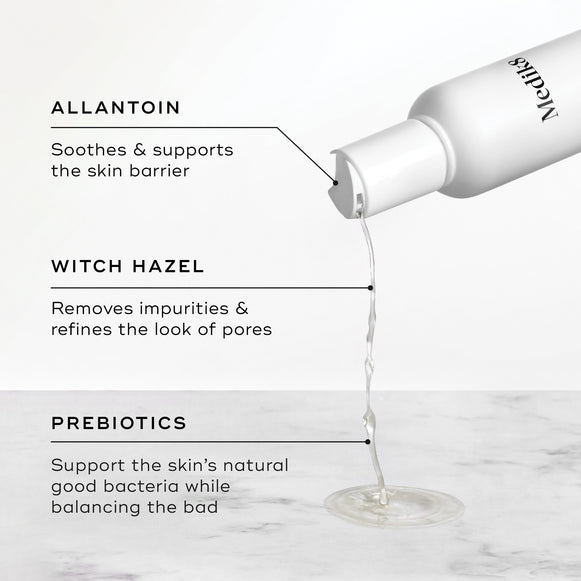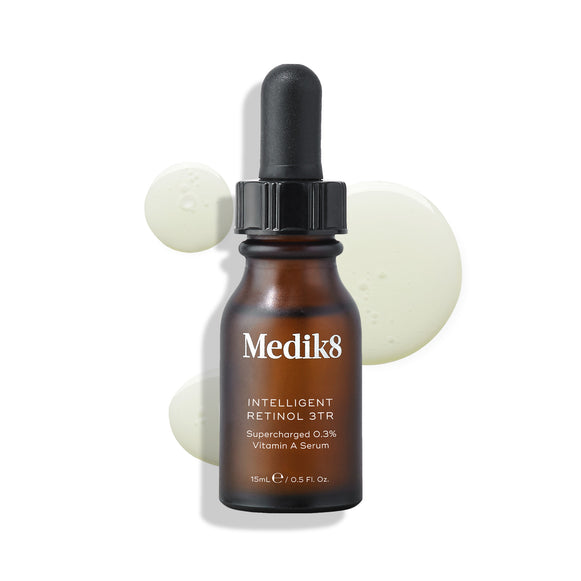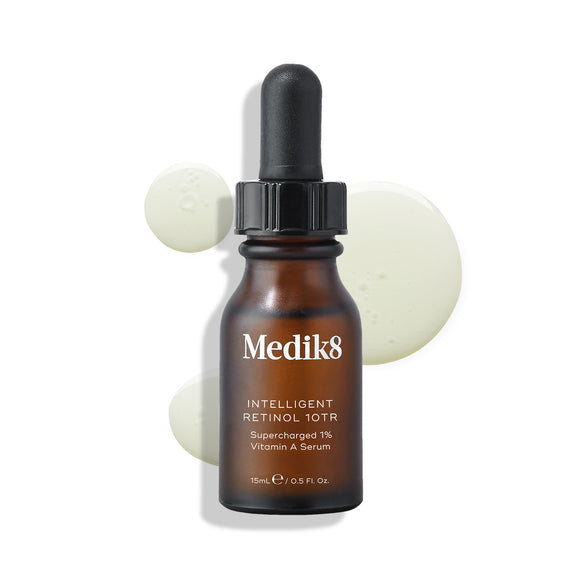What You Need to Know About Combining Niacinamide and Retinol
Written by: Lucy Partington
Updated on: 21 May 2024
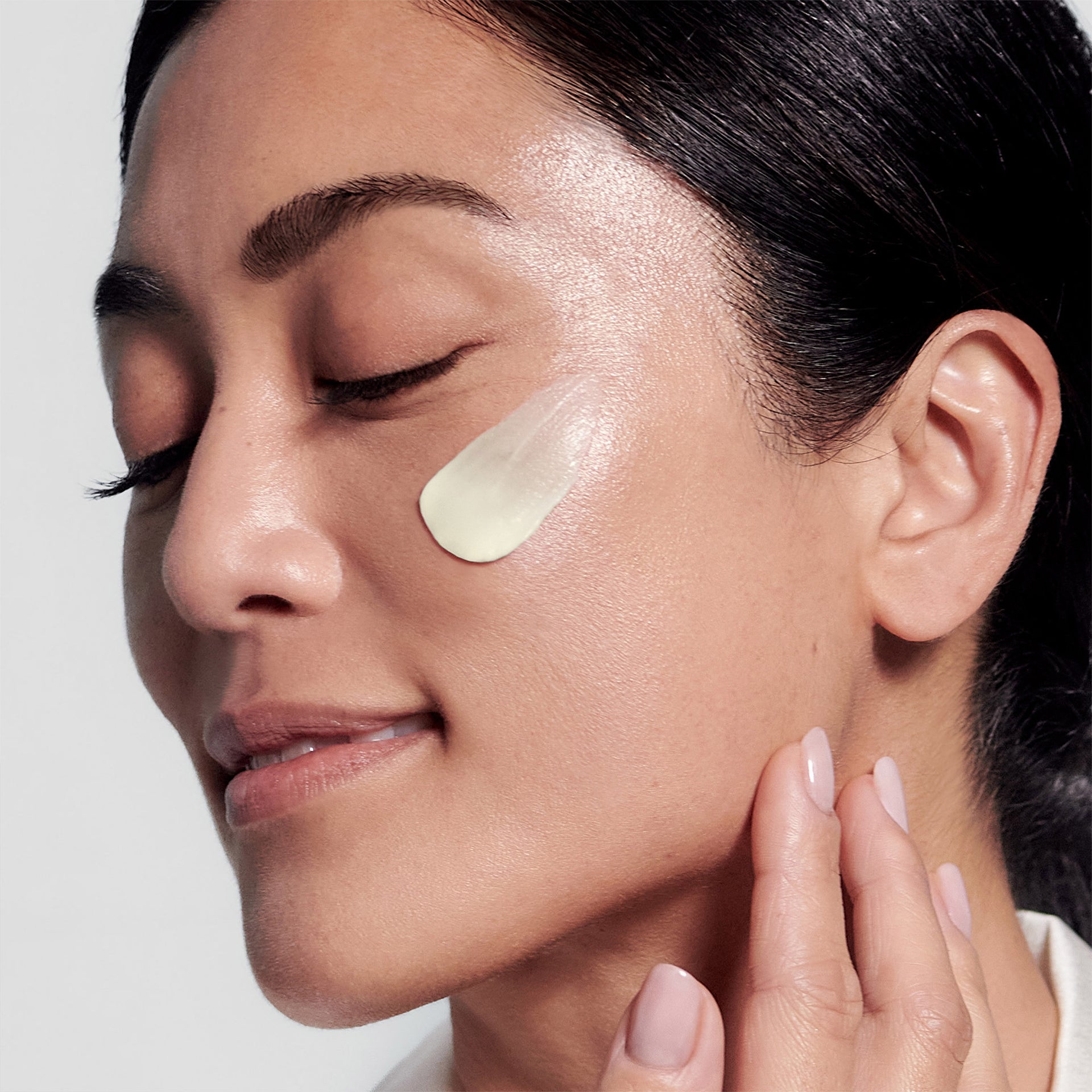
Niacinamide and retinol are two active ingredients that are rightly having their time in the spotlight. While they’re both known for the beneficial effect they have on skin, they work in different ways but they do have a few things in common.
From their ability to address signs of ageing (including fine lines, wrinkles and uneven skin tone), to the fact they both offer skin barrier support, have anti-inflammatory effects, as well as that they are both great ingredients to help manage acne.
While you’ve likely heard of both ingredients, it can be confusing to know which one is right for you to use, if one is better than the other and how to use them together to create an effective skincare routine, why is why we’ve pulled together this in depth guide that contains everything you need to know.
Benefits of niacinamide for the skin
Also known as vitamin B3, niacinamide is a water-soluble vitamin that provides a range of benefits when it’s formulated into skincare products. Found in everything from serums to moisturisers, toners and cleansers, it’s a real wonder ingredient that has a multitude of benefits for the skin.
Niacinamide is good for:
✓ Strengthening the skin’s barrier function
✓ Reducing inflammation
✓ Regulating sebum (oil) production
✓ Brightening skin tone
✓ Minimising the appearance of pores
✓ Improving the look of lines and wrinkles
✓ Promoting collagen production
✓ Boosts moisture retention to help hydrate skin
Who should use niacinamide?
Niacinamide is a well-tolerated ingredient that’s incredibly effective and able to address multiple skincare concerns. It’s suitable for sensitive skin, and it’s a great way to help reduce the look of post-acne scars and other types of hyperpigmentation, as well as anybody looking to brighten their skin.
Benefits of retinoids for the skin
Both retinol and retinal are forms of retinoids, which are derivatives of vitamin A – an ingredient widely considered the gold standard within the skincare industry. Known and loved for its ability to stimulate collagen production and boost skin cell turnover, it’s best used as part of a night time routine and is most often found in either serum or moisturiser form.
Retinoids are good for:
✓ Stimulating collagen production to reduce fine lines and wrinkles
✓ Firming and smoothing skin
✓ Combating acne
✓ Evening out skin tone
✓ Improving skin texture
✓ Reducing the appearance of pores
Who should use retinoids?
Retinoids are an all-encompassing ingredient that are recommended for anybody who's looking to improve and maintain their overall skin health, as well as individuals who want to soften any lines and wrinkles, or people who have acne or blemish-prone skin, hyperpigmentation or uneven skin tone or skin texture.
Niacinamide vs retinol
Niacinamide and retinol are two powerful ingredients, and while they do work in tandem, they each have distinct benefits and target different concerns. Niacinamide is much more gentle on the skin and is generally well-tolerated by all skin types, including sensitive. It’s also able to reduce inflammation and, over time, it works to strengthen the delicate skin barrier, plus it can regulate sebum production and control excess oil production. On the other hand, retinol is effective in reducing the appearance of fine lines and wrinkles, it’s able to help fight acne and it improves skin’s overall texture while boosting collagen production.
Both ingredients are excellent in their own right, and incorporating both into your routine can help address a variety of skin issues – all whilst maintaining a healthy-looking complexion.
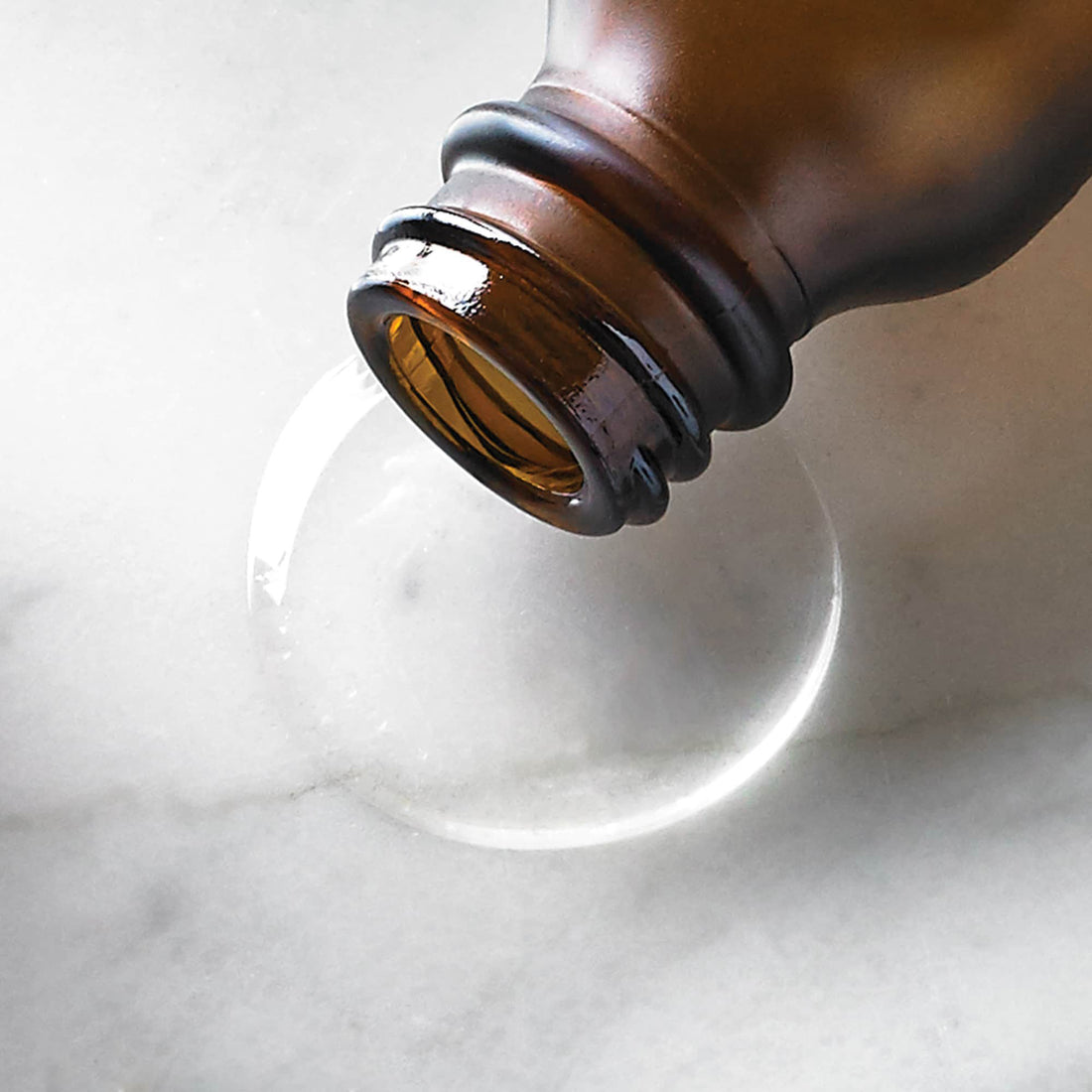
Which is better, retinol or niacinamide?
As with all skincare ingredients, what you need really depends on your own skin type and individual concerns. Neither retinol or niacinamide is ‘better’ than the other, and instead it’s about ensuring what you’re using is right for you.
Can niacinamide and retinol be used together?
Yes, niacinamide and retinol can both be used together in the same routine. In fact, it’s quite common to find both ingredients within the same formula, but you can also use them as individual steps. While niacinamide can be used morning and night, you can also combine it with retinol in the evening. If you're using both ingredients together in your evening routine, we recommend using a niacinamide serum first - like Clarity Peptides - and then layer on Crystal Retinal.
It’s also worth noting that if you are somebody who has experienced vitamin A-induced sensitivity, irritation or dryness, then using niacinamide can help increase your tolerance levels.
Potential side effects
Just like when you introduce any new skincare ingredient into your routine, there is potential for side effects. Vitamin A can cause dryness, flakiness, inflammation, skin irritation and sensitivity if you overuse a high strength product, which is why we always suggest starting low and slow, gradually building usage up to help your skin adjust. On the flip side, though, niacinamide is unlikely to cause any sensitivities or side effects unless it's used in high concentrations.
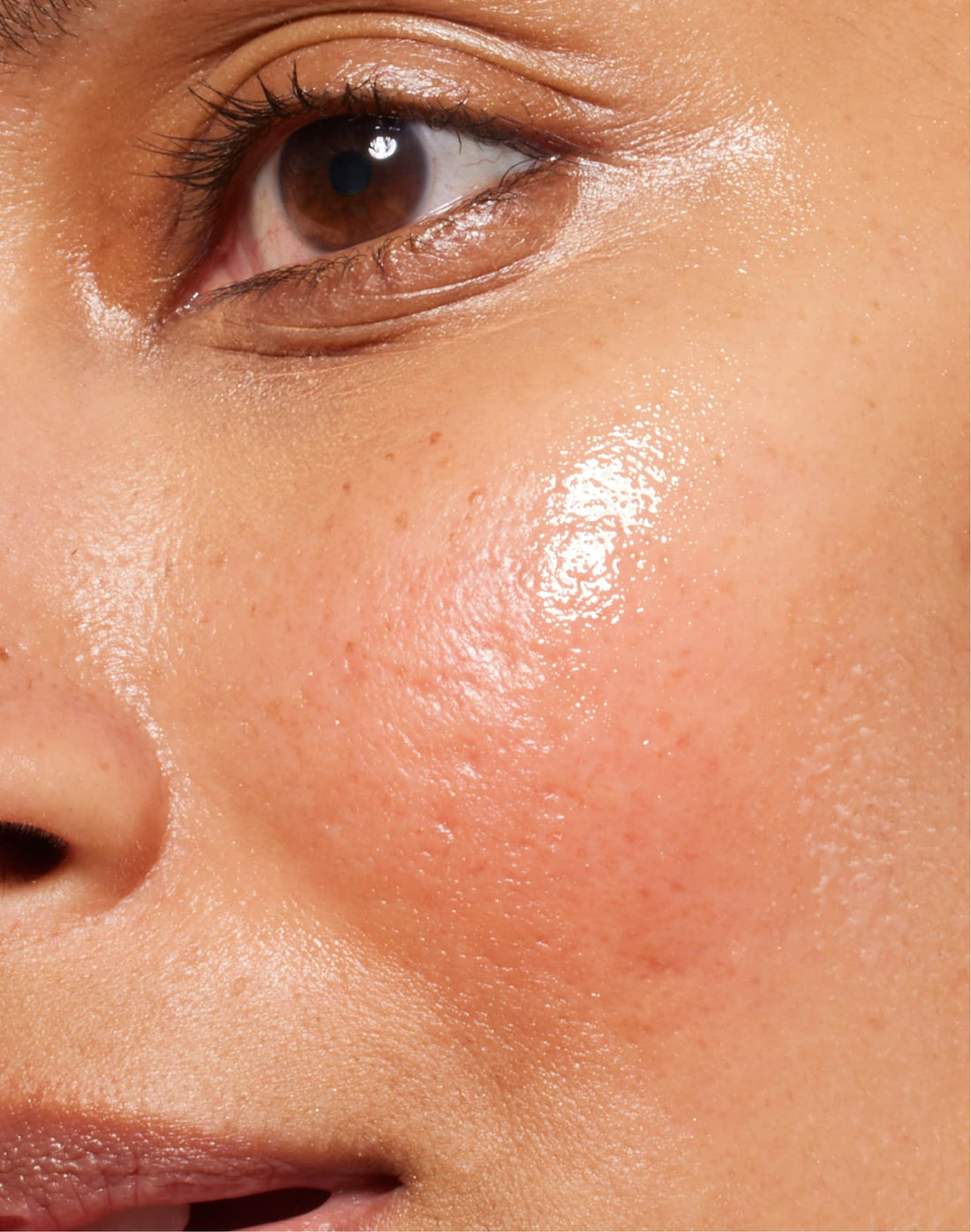
What about retinal and niacinamide?
Like retinol, retinal is another form of vitamin A and it’s an ingredient that we suggest most people use. Not only does it work 11x faster than traditional retinol*, but it’s also less likely to cause irritation thanks to the encapsulation and slow-delivery technology that we use to formulate it with. That means retinal and niacinamide can be used together, and in fact, may be the more effective duo to incorporate into your routine.
Benefits of using niacinamide and retinol together
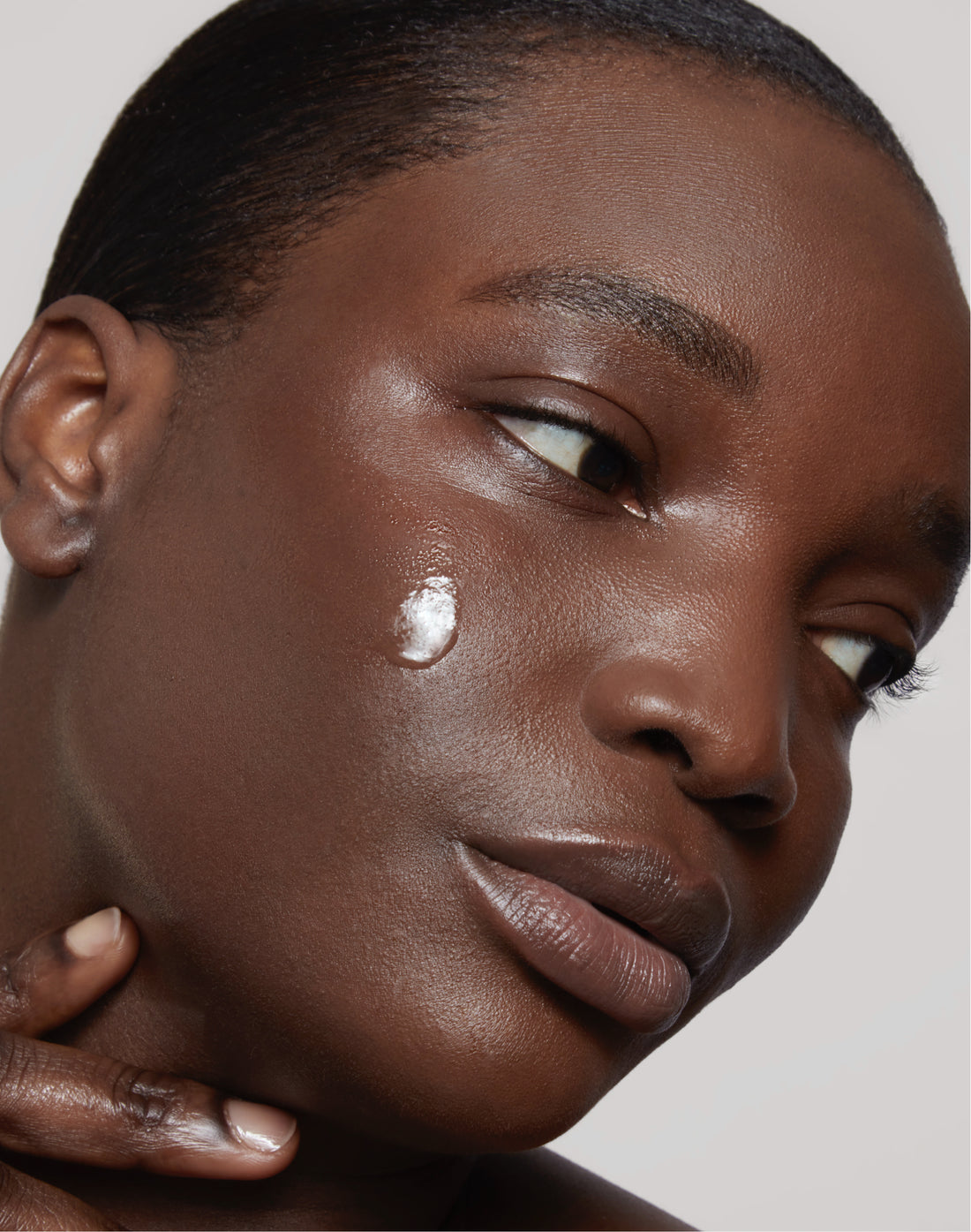
There’s no denying that both niacinamide and retinol are both super effective when used on their own, but using them together has more great benefits for the skin. Firstly, niacinamide is able to strengthen the skin’s barrier while simultaneously calming inflammation and any reactions that may happen. As a result, studies have found that skin can be more receptive to retinol without causing any of the irritation that some people may experience.
Research has also discovered that using both ingredients can be an effective acne treatment, and that the combination may lead to a visibly brighter, more even-looking skin tone and a reduction in common signs of ageing. Plus, niacinamide and retinol are both good for helping to neutralise the effects of environmental stressors, like free radicals, which also helps both ingredients work more effectively.
How to use retinoids and niacinamide in your skincare regime
✓ Remember that this ingredient combination is best used at nighttime
✓ Always apply the niacinamide product first. E.g. apply Clarity Peptides and then Crystal Retinal
✓ Cleanse skin thoroughly before applying products
✓ Apply a moisturiser as the final step in your routine to help lock in hydration
✓ Apply sunscreen (a minimum of SPF30) every morning.
✓ Pay attention to how your skin responds and if any sensitivity occurs
How to use niacinamide and retinol together or separately
✓ Start by cleansing your skin and patting it dry with a clean towel.
✓ If you use a toner or exfoliating product, apply these next.
✓ Niacinamide and retinol can be used individually, or you can use one product that combines both. It’s purely down to personal preference and finding a product that you like.
✓ If you're layering two separate serums, we always recommend applying water-based serums first, followed by oil-based serums and then emulsion-based serums.
✓ Once that has been absorbed, apply the next product, likely to be the retinoid.
✓ Finish with a moisturiser of your choice to lock in hydration.
✓ Remember to use a broad-spectrum sunscreen the next morning.
Medik8’s favourite niacinamide and retinol products
Medik8’s favourite vitamin A:
Crystal Retinal
Here at Medik8, we always champion retinal, an ingredient that’s superior to retinol thanks to its ability to work 11x faster than retinol*, as well as promising visible, age-defying results more quickly. It’s also less likely to irritate skin or cause unwanted dryness. Pair it with Clairity Peptides for the ultimate healthy skin duo.
SHOP NOW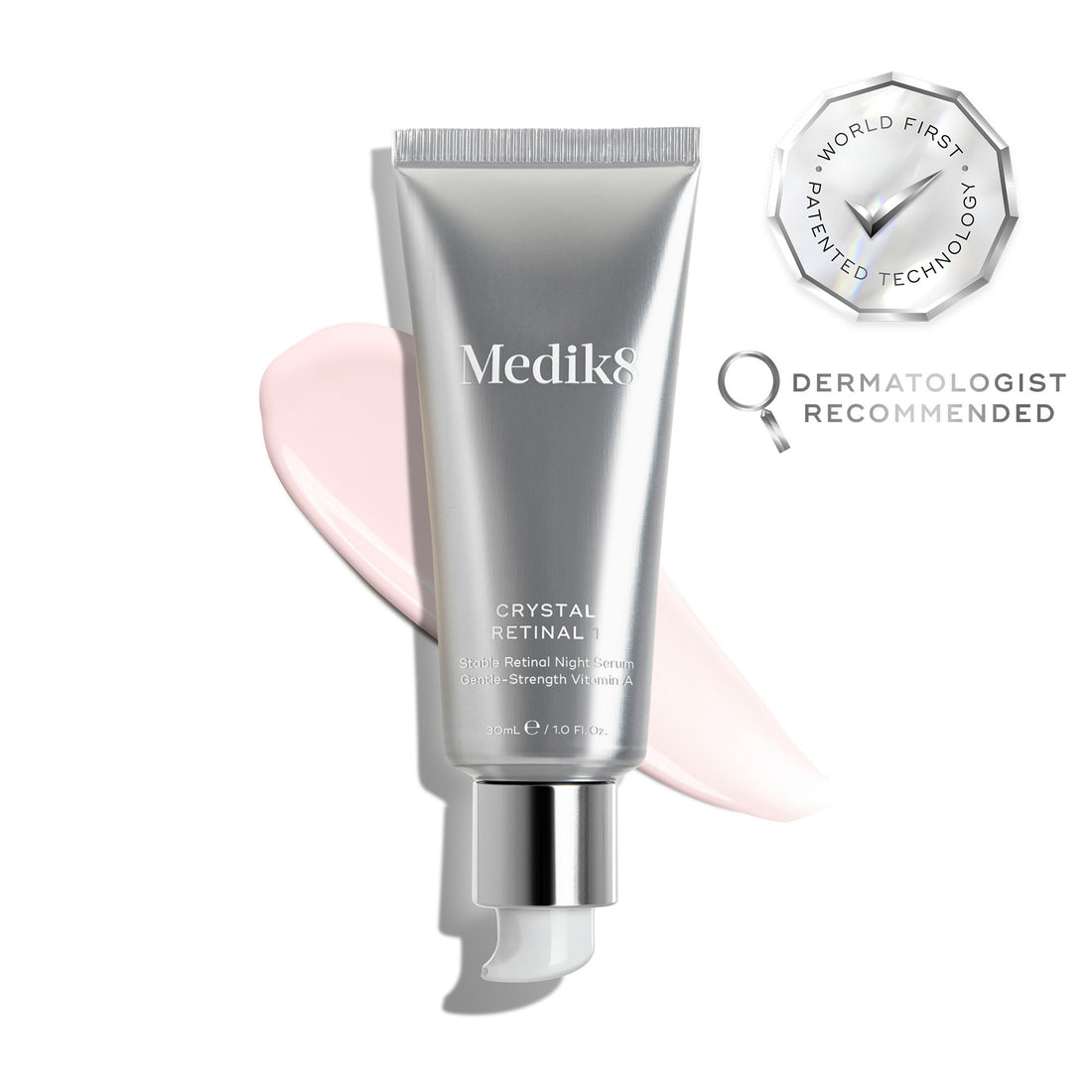
The bottom line
In short, both retinoids and niacinamide are powerful and effective ingredients in their own rights. Despite working in different ways, they are often used to treat similar conditions and concerns, including signs of ageing, acne, sun damage and hyperpigmentation.
However, if you pair them together in the same routine, they not only work harder and smarter, but they will also bolster one another to be even more effective. Niacinamide will help counter the dryness and irritation that can occur when you’re using retinoids, as well as helping to strengthen the skin barrier, which complements the skin renewing effects of retinoids. Consider it to be a win/win situation.
FAQ's
Retinol is likely to be more effective in helping to improve the appearance of textured skin, but niacinamide will be good for targeting any pigmentation left behind.
They can be used together every day, but if you’re new to retinol then it’s a good idea to incorporate it into your routine slowly – start by using it twice a week for the first 2 weeks, every other night for the next 2 weeks, then every night.
At Medik8, we always recommend to apply water-based serums first, followed by oil-based serums and then emulsion-based serums. In your evening routine, you would apply your niacinamide serum first, followed by Crystal Retinal and then your moisturiser.
Yes, it isn’t uncommon to see both ingredients used in one formula, but they can also be used separately.
Retinol should always be used at night time, but niacinamide can be used both morning and night time.
You should begin to see visible results within a couple of months
*G. Siegenthaler et al., Retinol and retinal metabolism, Biochemical Journal, 1990, 268, pp 371-378
